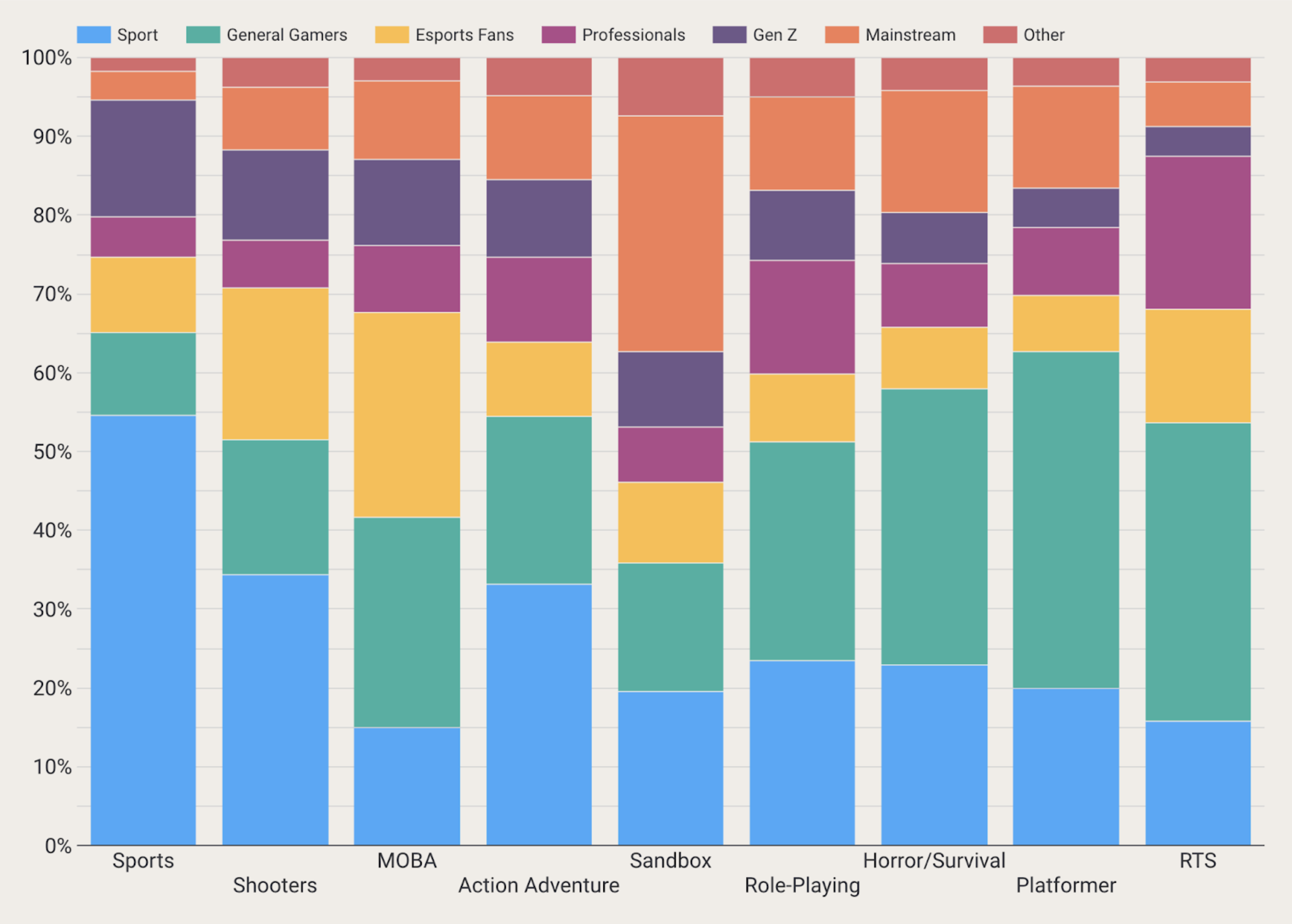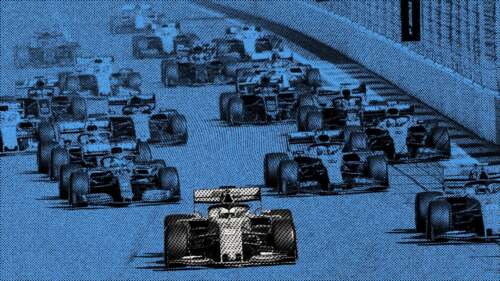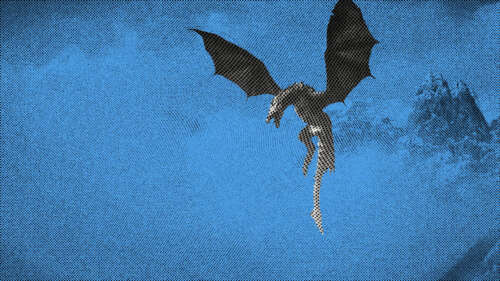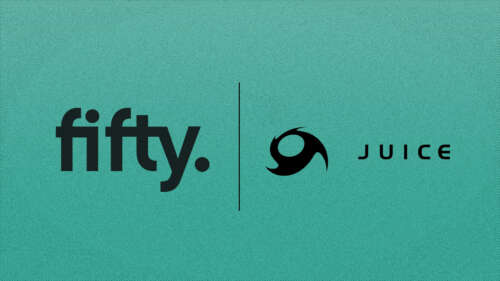Some of the most hyped games of 2022 are set to be released in the next few months. Following a lacklustre release schedule, a drop in summer sales and a recession dampening other global markets, hopes are pinned on the likes of Harry Potter’s new action role play game Hogwarts Legacy and the annually anticipated football game Fifa 23 to fuel the gaming industry's flame.
The global gaming industry is now worth more than $235.7 billion, with 3 billion players active worldwide. An ever-expanding industry with complex and nuanced genres such as Fantasy, Sport and Sandbox, each catering to specific interests across the gaming community.
So, how do the audiences across the gaming sphere compare by genre and how can marketers capitalise on these differences?
Fifty examined the social following of multiple games associated with various genres (including Sports, Shooters, Role-Playing, Horror & Survival) to create a market-wide analysis that provided both a macro view of the gaming landscape by genre, as well as a micro view of each genre's audience.
Fifty uncovered 3 key takeaways from our gaming genre comparison:

Sport and gaming go hand in hand
The affinity between sports and gaming is starkly clear in this study, with sport fans making up the largest tribe with 18% of the total audience share. One of the tribe's top influencers was Fifa, which has sold over 325 million copies, making it the best-selling sports gaming franchise in the world. Originally released in 1996, the enduring hype around Fifa points to a strong and unwavering appetite for sports games. This also illustrates the potential to secure, engage and activate loyal, long-lasting audiences within the gaming community.
Video Gamers are distinct from Esports Fans
Now an industry in its own right with an estimated market value of $1.38 billion, Esports has grown a fan base that is entirely unique from the general gaming audience. Whilst Video Gamers predominantly engaged with gaming giants such as Playstation, Xbox, and Rockstar Games, Esports Fan, key influencers within the Esports tribe included professional gamers, accounts for individual games, as well as live gameplay network Twitch. This discrepancy in engagement suggests that Esports fans favour more immersive gaming experiences that go beyond their own gameplay and reflects the rise of esports as a spectator phenomenon.
Millennial influence can’t be sidelined
The Millennial Professionals and Millennial Entertainment Fans were the second and fourth largest tribes in the study, accounting for 25% of the overall gaming audience. Millennials experienced first hand how the digital revolution and birth of the internet transformed gaming. These original gamers are educated on current affairs and engaged with entertainment classics such as Doctor Who. While a lot of advertising revenue is funnelled towards Gen Zers, millennials with disposable income and historic love of gaming should also be taken heavily into consideration when budgeting gaming campaign activation.
Conclusion
Gaming genres have diversified so much in recent years that they have naturally attracted an equally rich and diverse audience. Gaming is no longer reserved for young people; a mainstream interest for decades, original gamers have grown up, have disposable income and are now running global brands and agencies while retaining their love of gaming, but another word for gaming.
Marketing strategies aimed at the generic gamer are just that - generic. Before marketers start asking how to engage their gaming audience, they need to ask who they are: are they players or spectators? Do they like role play or MOBA games? Are they engaging with new or legacy games? Which platforms are they engaging with? By answering these questions first, marketers can gain a deeper understanding of the real people they are trying to reach and how to engage their real-life passions and interests.
For example, Esports Fans are influential amongst the audiences of shooter and MOBA games. This suggests that these are the most popular spectator games with cult followings and heavy engagement with streaming platforms like Twitch. Twitch, therefore, is a great platform for marketers trying to reach audiences of shooter and MOBA games.
As gaming culture continues to evolve, marketers will need to stay on top of these dynamic audiences if they want the result of their campaigns to be a Good Game (GG as said by gamers) and not Game Over.
To find out how your brand can stay relevant with the modern gaming audience, get in touch with us at [email protected].






































